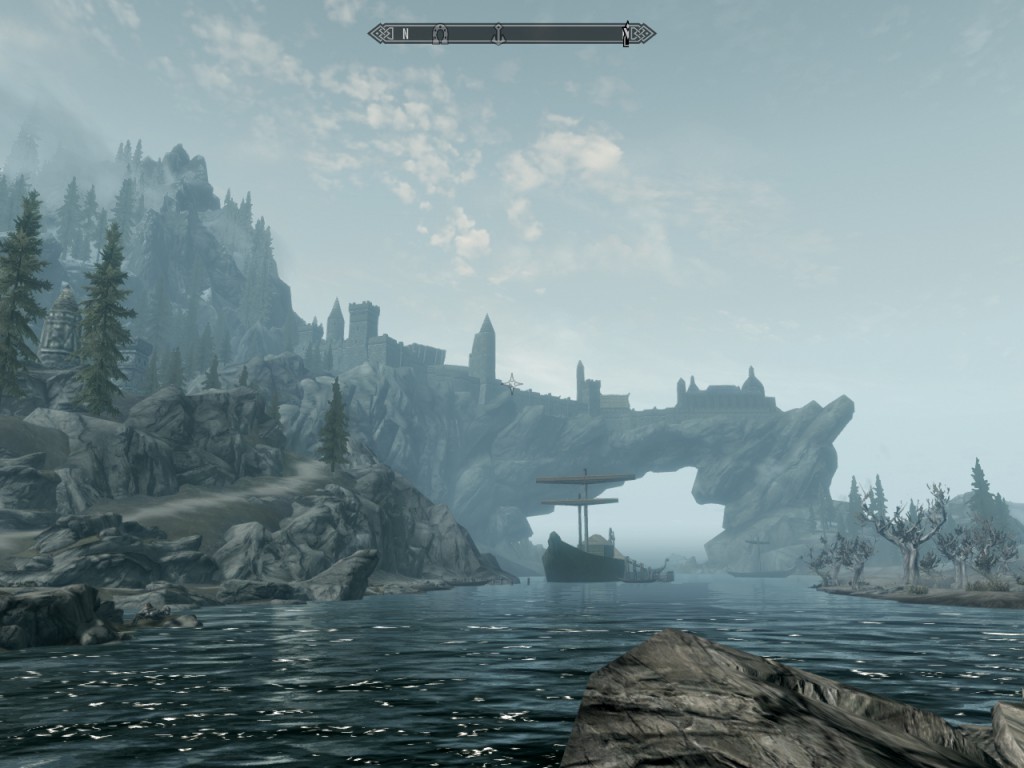Inspiration and Motivation from Epic-Wins
During my ongoing literature review I often discover interesting facts about things I’ve never thought about. Sometimes I can connect these facts with my own observations: The result is mostly a completely new idea why things are as they are. Maybe these ideas are new to you, too. Therefore I’ll share my new science based knowledge with you!
This week: This time, I think about how epic-wins, especially when they are experienced after having demonstrated a strong endurance, can inspire us that everything is possible – even in the real world.
An epic-win can have many forms. In most of the cases, an epic-win is experienced when a computer game player or even a group of players manages to overcome a desperate situation during their gameplay. Another potential scenario for an epic-win is when a player manages to flawlessly solve a difficult situation thus experiencing a feeling that something extraordinary was accomplished. In the end, a player feels more powerful and ready to tackle the next difficult challenge after experiencing an epic-win as it lets players believe that everything is possible.
A different form of an epic-win is when a player finally achieves something in a game they were working towards for a very long time. This epic-win is even enhanced when the chances for a successful accomplishment of their goals are very low due to the underlying principles of the gameplay. For instance, a player’s goal could be a specific item that can only be found in a few places and to a very low percentage. Thus, the player is required to search for those places in the hope that they finally have some luck. When the player finally manages to collect that item or even obtains it in a very unlikely way, it feels like a super rewarding moment as the player demonstrated the own endurance.
Personally, I experienced such an epic-win the other day after finally finding a specific enchantment in Minecraft I was trying to get for quite some time. The most common way to get this enchantment is by simply fishing and hoping to catch enchanted books. This, however, is a very unspectacular activity in Minecraft as the player only is required to watch the bobber and press the right mouse button once it bounces. Hence, I only did this from time to time in the hope that I might end up catching such an enchanted book. Unfortunately, I was not that lucky and decided to explore a bit more my virtual world. During this expedition, I found a pyramid-a special feature in Minecraft-and, while I was exploring it, discovered a chest that contained the enchantment. In this very moment, I experienced a true epic-win as I was finally rewarded for my endurance even though I was not exactly searching for this book at that moment.
In conclusion, computer games always provide us with the chance of achieving something as long as it is possible in the game. Often, it just takes a lot of time and endurance, but, as it is possible, we keep on playing the game with the knowledge that one day we will achieve what we want to achieve. Hence, computer games can give us the motivation and confidence that we can accomplish anything, if we just try hard and long enough. If we can carry over this inspiration to the real world, computer games might be able to change the world or at least make us dream and give us hope.



